-

Glenn Ligon: Call and Response
Glenn Ligon: Call and Response
October 10 2014- January 11, 2015
Camden Arts Centre, London
Over the autumnal months, Camden Arts Centre presents Glenn Ligon: Call and Response, the first exhibition in a UK public gallery for the celebrated American artist. -
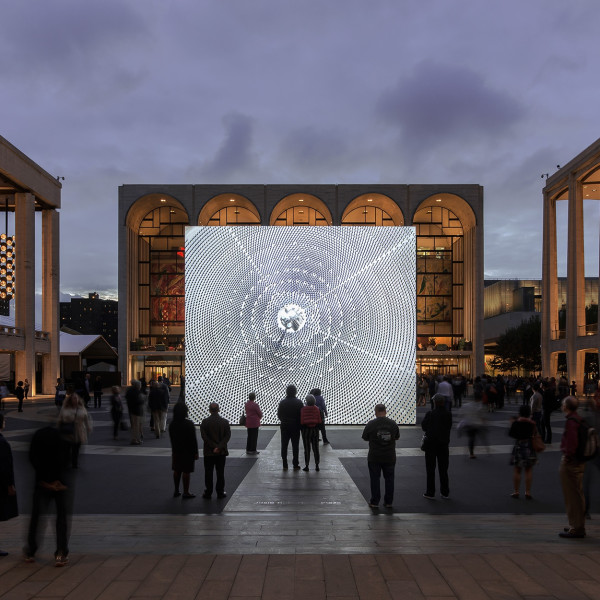
John Gerrard: Solar Reserve
03/10/2014 - 01/12/2014
John Gerrard, Solar Reserve
At the Lincoln Center in association with the Public Art FundDisplayed on a monumental frameless LED wall on Lincoln Center's Josie Robertson Plaza, Solar Reserve (Tonopah, Nevada) 2014 by John Gerrard is a computer simulation of an actual power plant known as a solar thermal power tower, surrounded by 10,000 mirrors that reflect sunlight upon it to heat molten salts, essentially forming a thermal battery which is used to generate electricity. Over the course of a 365-day year, the work simulates the actual movements of the sun, moon, and stars across the sky, as they would appear at the Nevada site, with the thousands of mirrors adjusting their positions in real time according to the position of the sun.
-
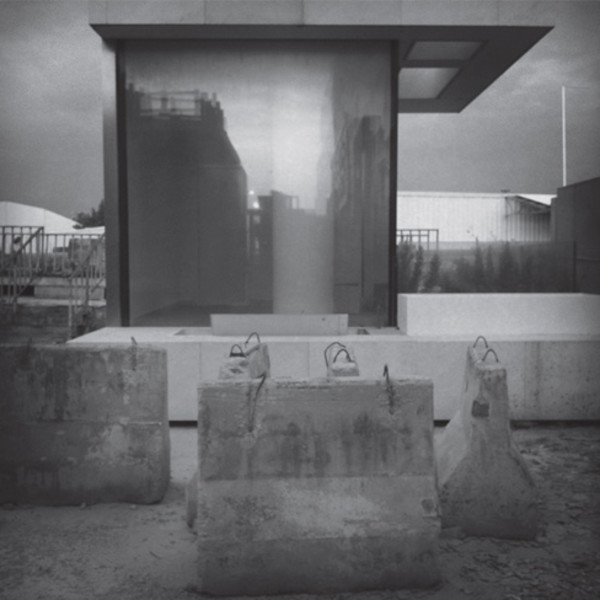
Akram Zaatari at the Gwangju Biennale
Gwangju Biennale
Gwangju, South Korea
September 5- November 9, 2014
-
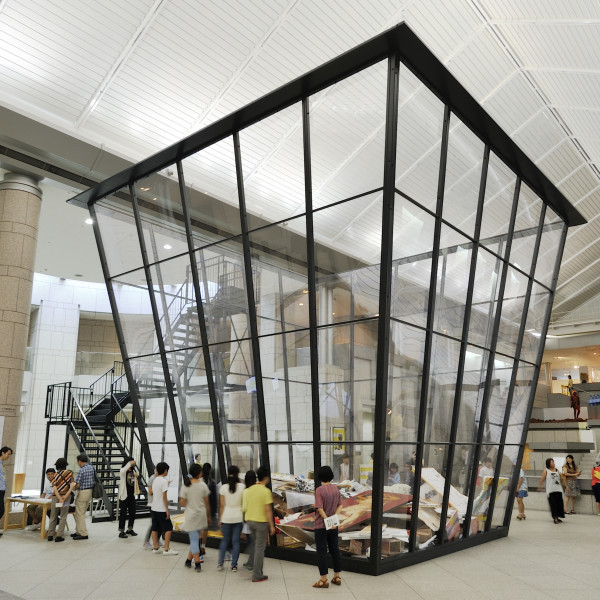
Michael Landy & Akram Zaatari at the Yokohama Triennale
Yokohama Triennale
Yokohama Museum of Art and Shinko Pier Exhibition Hall, Japan
August 1- November 1, 2014
-
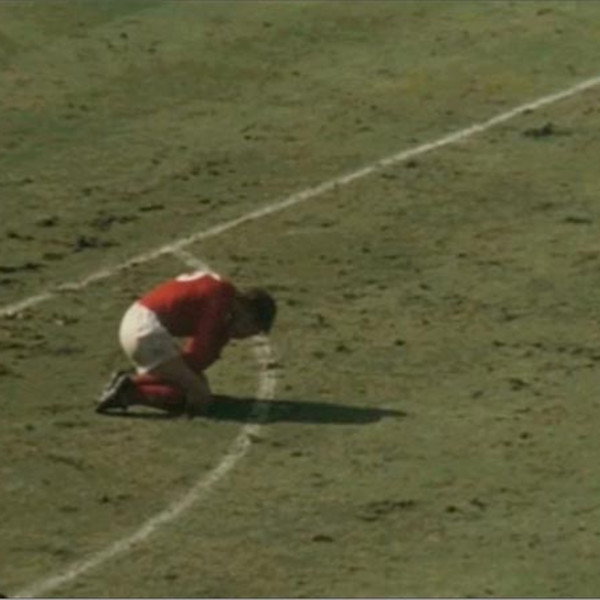
Paul Pfeiffer: Jerusalem
Jerusalem
June 27- September 27, 2014
An online project commissioned and produced by Artangel and The Space, supported by Arts Council England, The Company of Angels, and The Heritage Lottery Fund.
-

Akram Zaatari at the New Museum
Here and Elsewhere
New Museum, New York
-
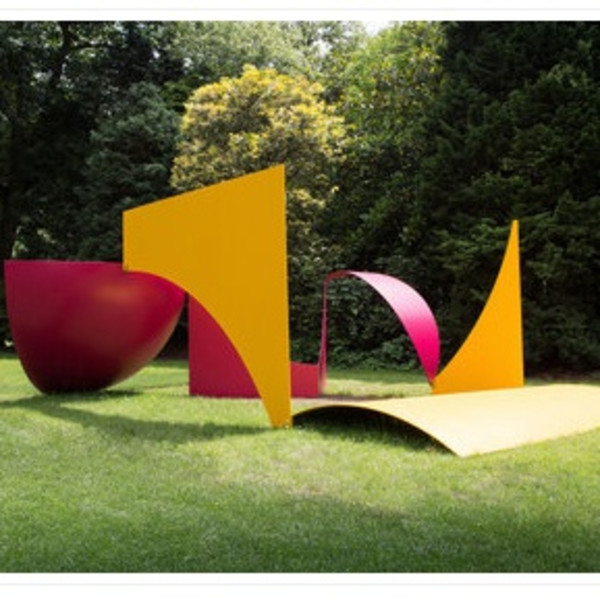
Phillip King an Outdoor Exhibition of Sculpture
At Masterpiece London on display at Ranelagh Gardens, Chelsea, and open throughout the summer
Admission Free
-
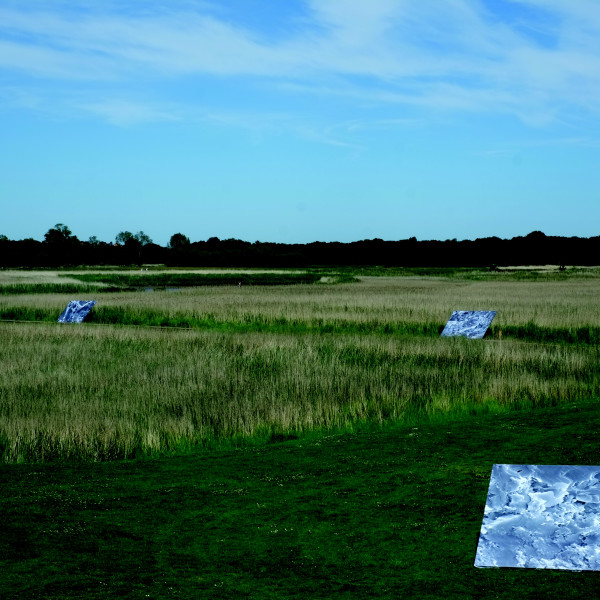
Anya Gallacio: SNAP, Art at the Aldeburgh Festival
Anya Gallacio
SNAP: Art at the Aldeburgh Festival
Installations in Orford Ness & Snape Maltings, Suffolk
13- 29 June 2014
-

Glenn Ligon at the Berlin Biennale
Berlin Biennale
May 29- August 3, 2014
-
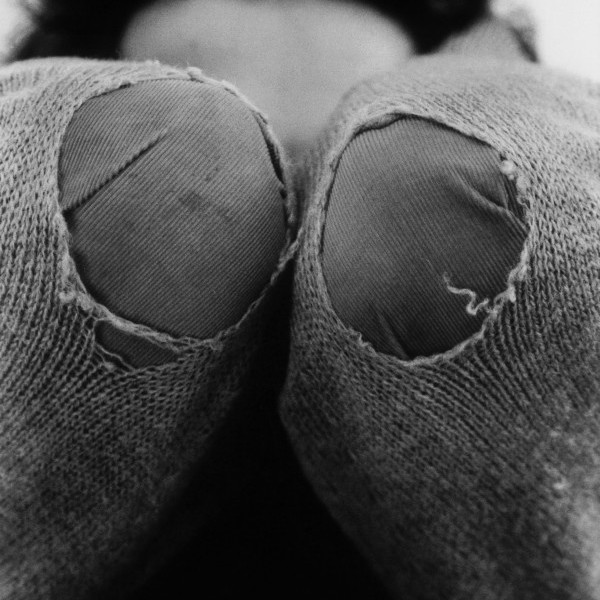
Michel Francois: Pieces of Evidence, Ikon Gallery, Birmingham
Michel Francois: Pieces of Evidence
Ikon Gallery, Birmingham, UK
April 30- June 22, 2014
Ikon presents the first UK survey of work by Belgian artist Michel François, comprising sculpture, film and photography. It exemplifies the artist's conviction that the meanings of a work of art are determined through its combination with others in relation to an exhibition space. Visitors to Ikon encounter numerous pieces to be read as a whole, integrated with the entire building.
The exhibition title, Pieces of evidence, refers to François' fascination with a netherworld, drawing comparisons between the ingenuity of artists and criminals. The key installation here involves a projected film in which we see the hands of a magician skilfully examining everyday objects - drinks cans, cosmetic bottles - before revealing hidden compartments and illegal substances within. The objects themselves are exhibited in vitrines nearby. Another work, Stumbling Block II (Wall) (1989), is a large rectangular block of polystyrene secured to the wall with strips of brown tape, a sculptural translation of a convicted smuggler's failed attempt to conceal drugs by strapping them across their body. An art object is likened to contraband.
The idea of crossing international frontiers - illegally or otherwise - is conveyed by Surveying(1993), a video of an inchworm walking over a map of the world. This funny creature signifies the artist's free spirit with respect to art as much as his geographical itinerancy, a kind of energy that spurs us to keep moving, keep looking, and keep asking questions.
Likewise,Golden Cage 1 (2008-2009), considers the notion of frontiers. A large free-standing steel box, from which A4-sized sections have been uniformly cut, it is a structure on the verge of collapse. It is a cage with walls that resemble the gilded left-overs of a manufacturing process, with cut out shapes scattered within. François presents this work as symbolic of human migration across the Mexican/US border, the hollow dreams of finding a better place, the cage being desirable in a way that its contents are not.
A further work, Self-Portrait Against Nature (2002), shows the artist, seen from above, walking around on a hard concrete floor and smoking while empty wine bottles drop and smash around him. It suggests a kind of solitude and self-destructiveness that throw any hints of joy into sharp relief. Broken Neon Lights (2003), has a similar edginess as François stamps his feet through a path of neon tubes, laid widthways, resulting in lots more broken glass. The action is transgressive and the feeling one of anger.
The exhibition is accompanied by a new publication featuring a text by writer and critic Martin Herbert.
Michel François' exhibition Pieces of evidence is supported by The Henry Moore Foundation;Wallonie-Bruxelles International; Lafarge Tarmac; Bortolami Gallery, New York; Galerie Carlier Gebauer, Berlin; Galerie Kamel Mennour, Paris; Thomas Dane Gallery, London and Galerie Xavier Hufkens, Brussels.
Page
68
of 75
